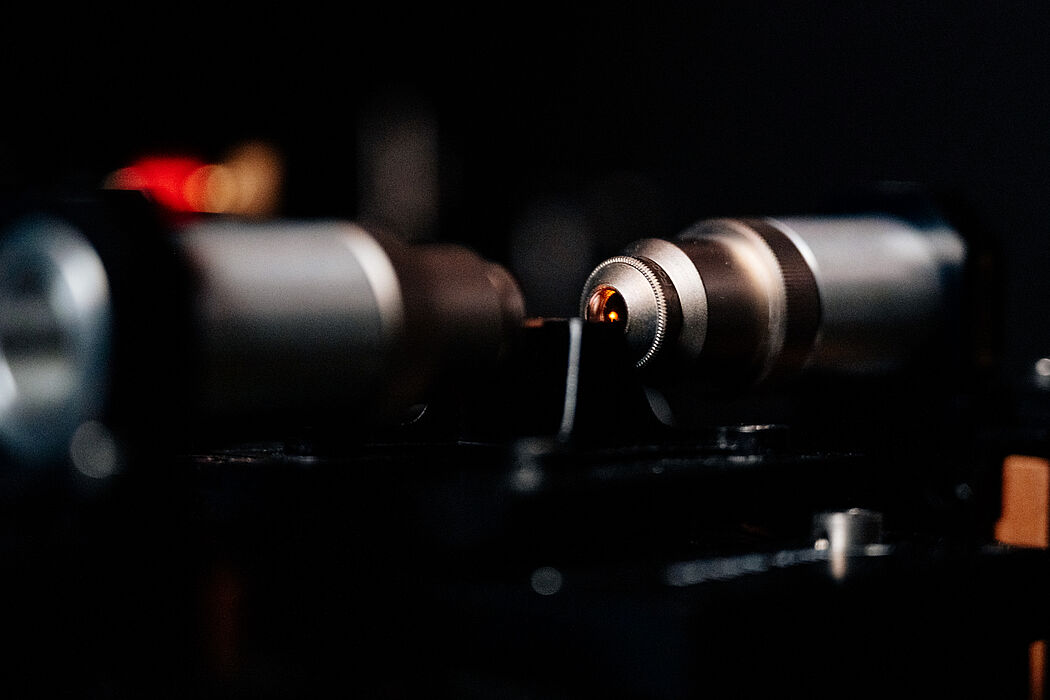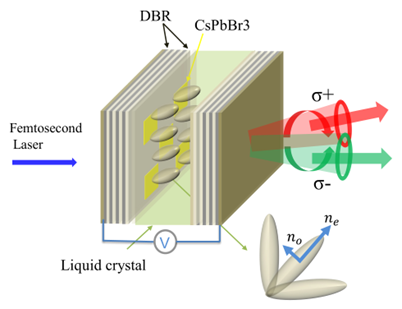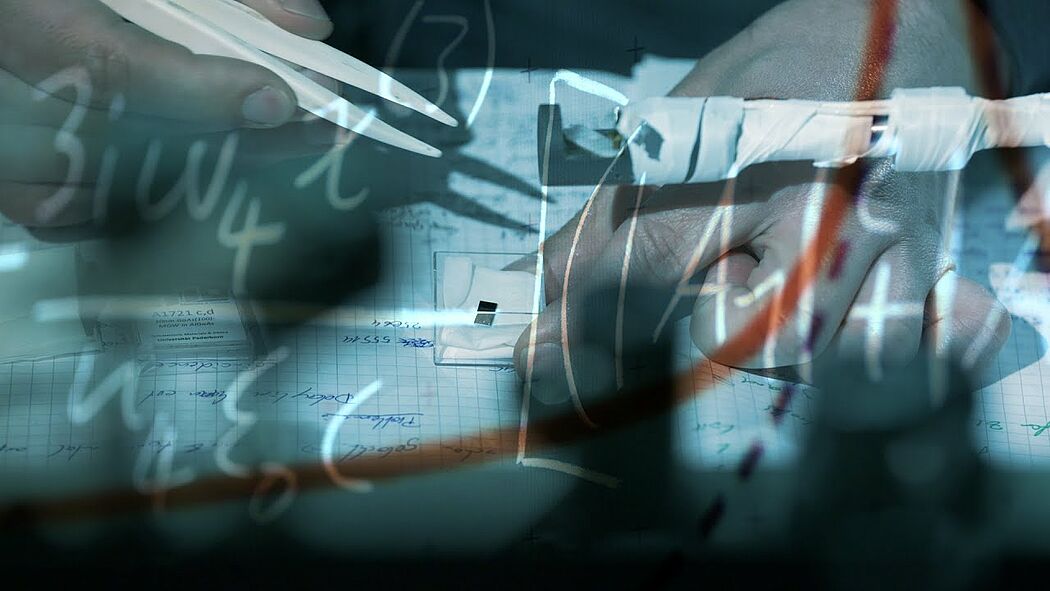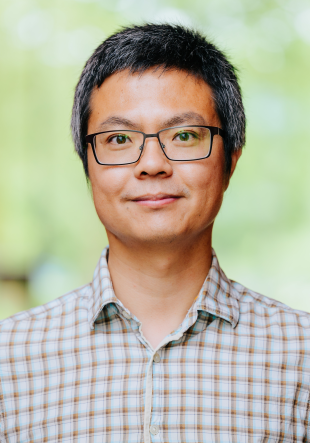New effect of light-matter interaction observed: Physicists from Paderborn University publish findings in ‘Nature Communications’
The manipulation of light is a key component of modern information and communication technologies. The light-matter interaction can be tailored, for example, by using optical resonators or special materials such as ‘liquid crystals’. This makes it possible to specifically generate and actively control different states of the smallest light particles, also known as ‘photons’. Electric fields allow the control of charged particles. Direct control of neutral, i.e. uncharged particles, such as photons, is, in practice, much more complicated. However: This can be achieved using what are known as ‘artificial gauge fields’. In a recent paper, scientists from Paderborn University and China’s Tianjin University demonstrate the generation of such fields for optical excitations in a special photonic microstructure. This enables the direction of emission and the polarisation state or the direction of oscillation of the electromagnetic waves of the light generated by the structure to be controlled. The findings have now been published in scientific journal ‘Nature Communications’.
The findings are the result of the joint work carried out by Dr Xuekai Ma and Professor Stefan Schumacher from Paderborn University and the group led by Professor Tingge Gao from China’s Tianjin University. Gao explains: “At the core of the current study is the combination of a novel optically active semiconductor material with an optically anisotropic liquid crystal.” This enables targeted control and observation of the desired effect. “The splitting of the optical excitations generated by the artificial gauge field, and therefore the splitting of the light generated into different polarisation components is similar to the separation of positively and negatively charged particles in the electric field,” says Schumacher, a physicist at Paderborn University. The perovskite semiconductor material used facilitates conversion without cooling at room temperature, without any loss of the strong light-matter coupling. “This makes the new physical effect observed interesting not only for further studies of nonlinear optical phenomena, but also for novel functional optical elements and structures based on it,” adds Ma.
The work was funded by the German Research Foundation (DFG) within the framework of the Collaborative Research Centre TRR142 ‘Tailored Nonlinear Photonics’ and DFG project no. 467358803.
Further information for specialist media
Spin-orbit coupling plays an important role in the spin Hall effect and topological insulators. Bose-Einstein condensates with spin-orbit coupling show remarkable quantum phase transitions. In this work, the physicists control an exciton-polariton condensate – a macroscopically coherent state of hybrid light and matter excitations – using the Rashba-Dresselhaus (RD) spin-orbit coupling. This is achieved in a liquid-crystal filled microcavity, in which CsPbBr3 perovskite microplates act as the gain material at room temperature. The scientists realise an artificial gauge field that acts on the CsPbBr3 exciton-polariton condensate and splits the condensate fractions with opposite spins in both momentum and real space. In addition to the ground states, higher-order discrete polariton modes can also be split by the RD effect. The work paves the way for the manipulation of exciton-polariton condensates with a synthetic gauge field based on RD spin-orbit coupling at room temperature.
Link to the publication: https://doi.org/10.1038/s41467-022-31529-4





